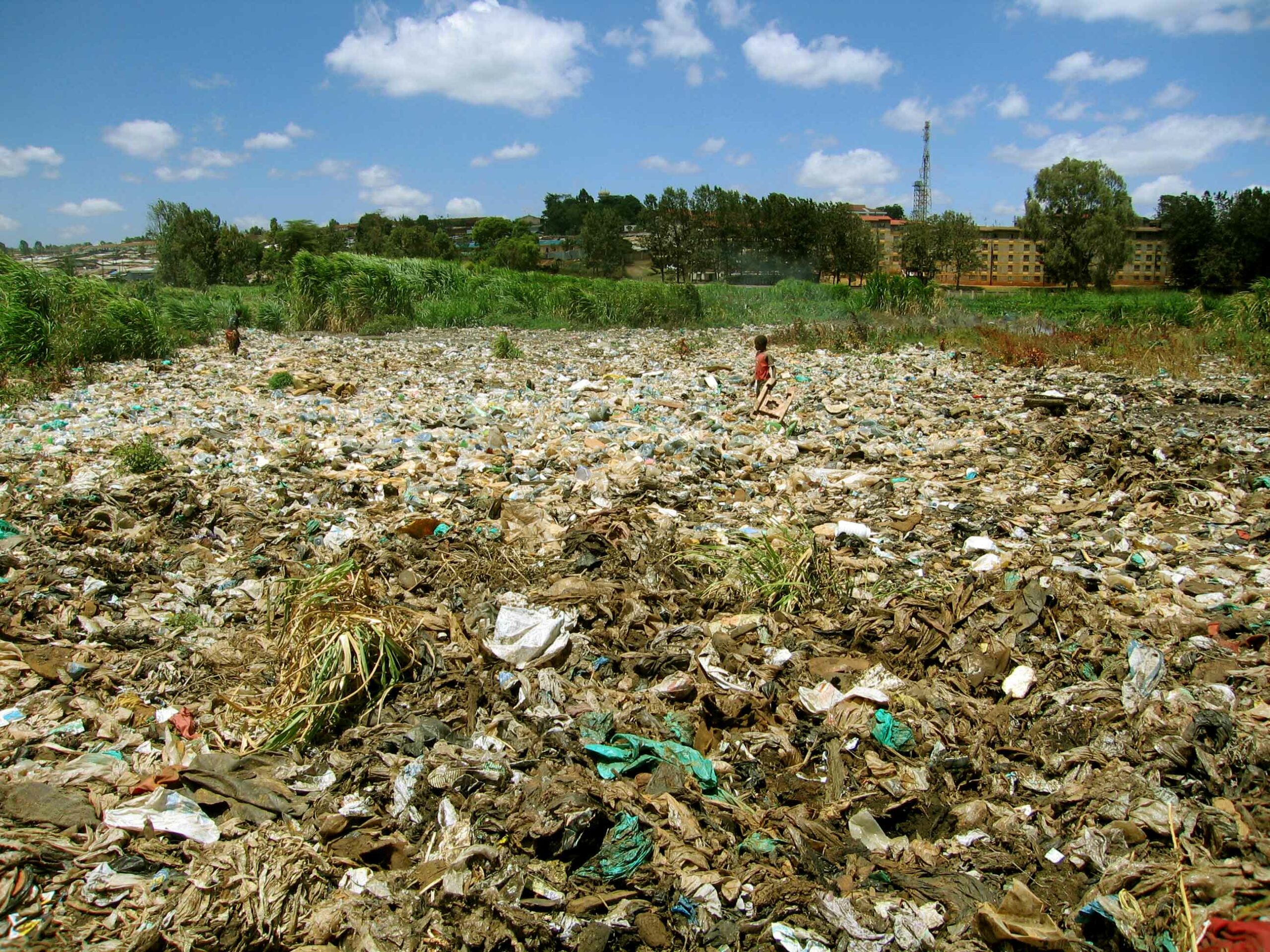
Nearly 6 million people migrate to slums annually leaving cities stressed for space and resources. Today there are 1 billion slum dwellers in need of adequate living standards – just imagine the entire population of the U.S. and Europe combined. If this current rate of growth continues there will be an estimated 3 billion slum dwellers by 2050.
With an array of problems affecting informal cities – lack of sanitation, water, shelter, heath care etc. – it’s easy to lose sight of what can be learned from slum development. Looking inward at slums we can see exciting examples of innovation and community based planning, the public realm acting as urban planner and architect. Yet the public realm has little space to exist.
In recent years there has been a push to create viable public spaces within and for slums. In doing so, like in any city, stronger, more permanent, and invested relationships with the physical environment and social networks can be created. However, public space in slums, where space is of the essence, also functions quite differently from the public spaces in developed cities. Informal settlements lack spaces for formal systems, such as commerce and social services. Designated public space can thus, and must, serve a multitude of functions for slum dwellers.
For instance, in the Paraisopolis favela of Sao Paulo, Brazil, where floods and landslides left a void in the crowded city, post-disaster redevelopment offered a vital opportunity to rethink urban construction and build the Grotao Community Center, designed by Urban-Think Tank in 2009 with an expected completion date of 2014. The multi-level community center, outfitted with open green space, sits in a valley, a high-risk flood zone, where houses were damaged beyond repair by mudslides. In addition, the larger networks of Sao Paulo are only slightly accessible by one road leaving the favela highly disconnected from the formal city and making the community center – with its transportation infrastructure, educational facilities, and opportunities for public interaction, among other services – all the more necessary.

In Africa’s most densely populated slum, located in Kibera, Naiorbi, Kenya and just two thirds the size of NYC’s Central Park with an estimated population of 1 million, the Kounkuey Design Initiative (KDI), a U.S. based nonprofit organization, along with Nairobi’s City Council in partnership with the UN Habitat are creating more opportunities for social interaction and cohesion through the creation of public space on unused land. In this instance there is not only an aim to designate space for everyday life of slum dwellers, but there is also an emphasis on weaving the communities of the informal and formal city. With roughly 5,600 people per acre waste management is an issue in Kibera and what little “open space” there is often gets used for dumping garbage. Public space projects in Kibera must also account for the severe flooding in the area. KDI has, since 2006, identified three separate projects for public spaces in Kibra that include site cleanup and flood management. KDI works in locations around the world addressing specific issues of slums through creating what they call “Productive Public Spaces.”
Public space is a key characteristic of any city. As strategies are developed to formalize slums we must consider how to integrate space for everyday life to exist. Their future depends on it.
-Jaclyn Hersh, External Relations Officer
